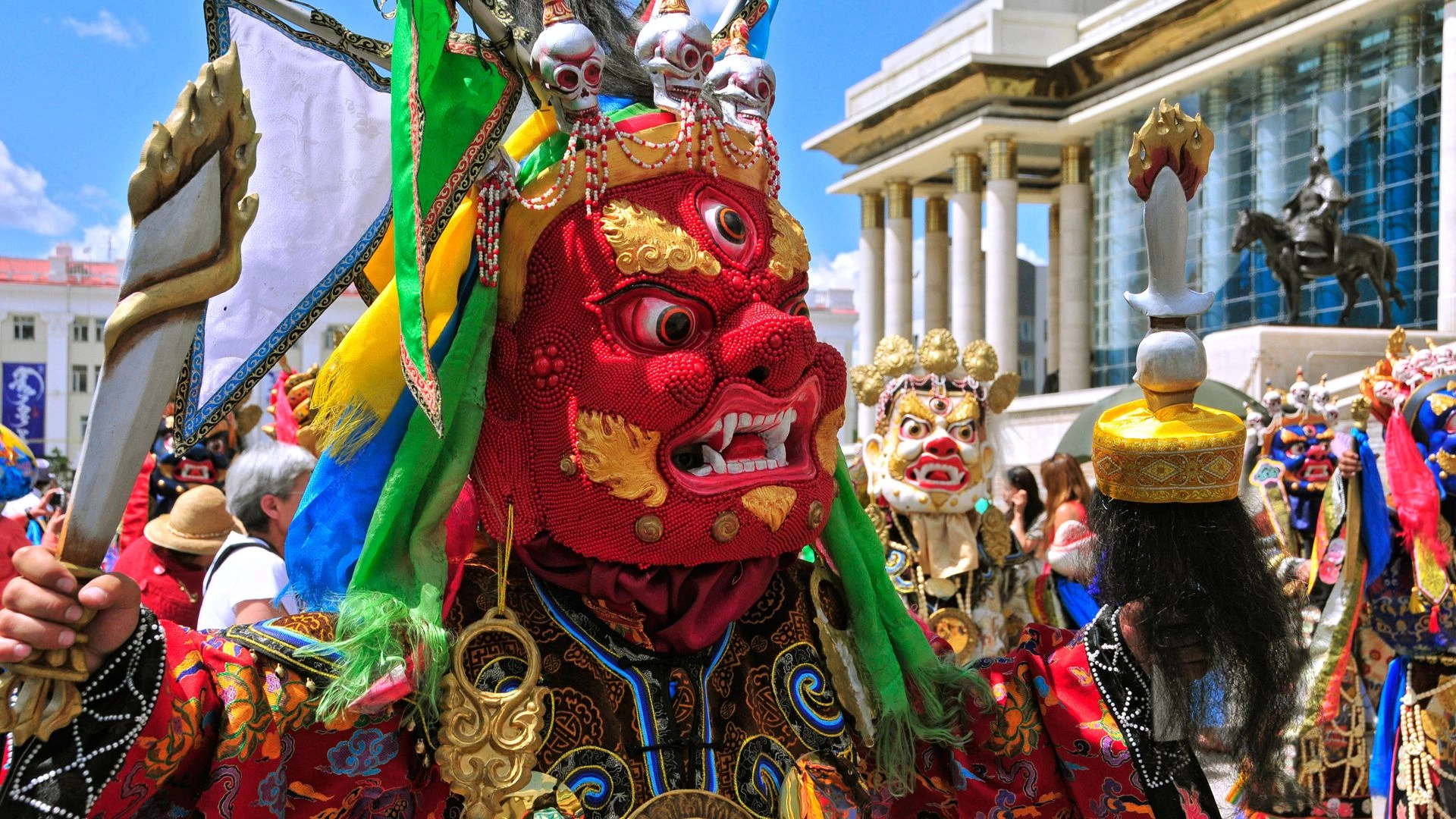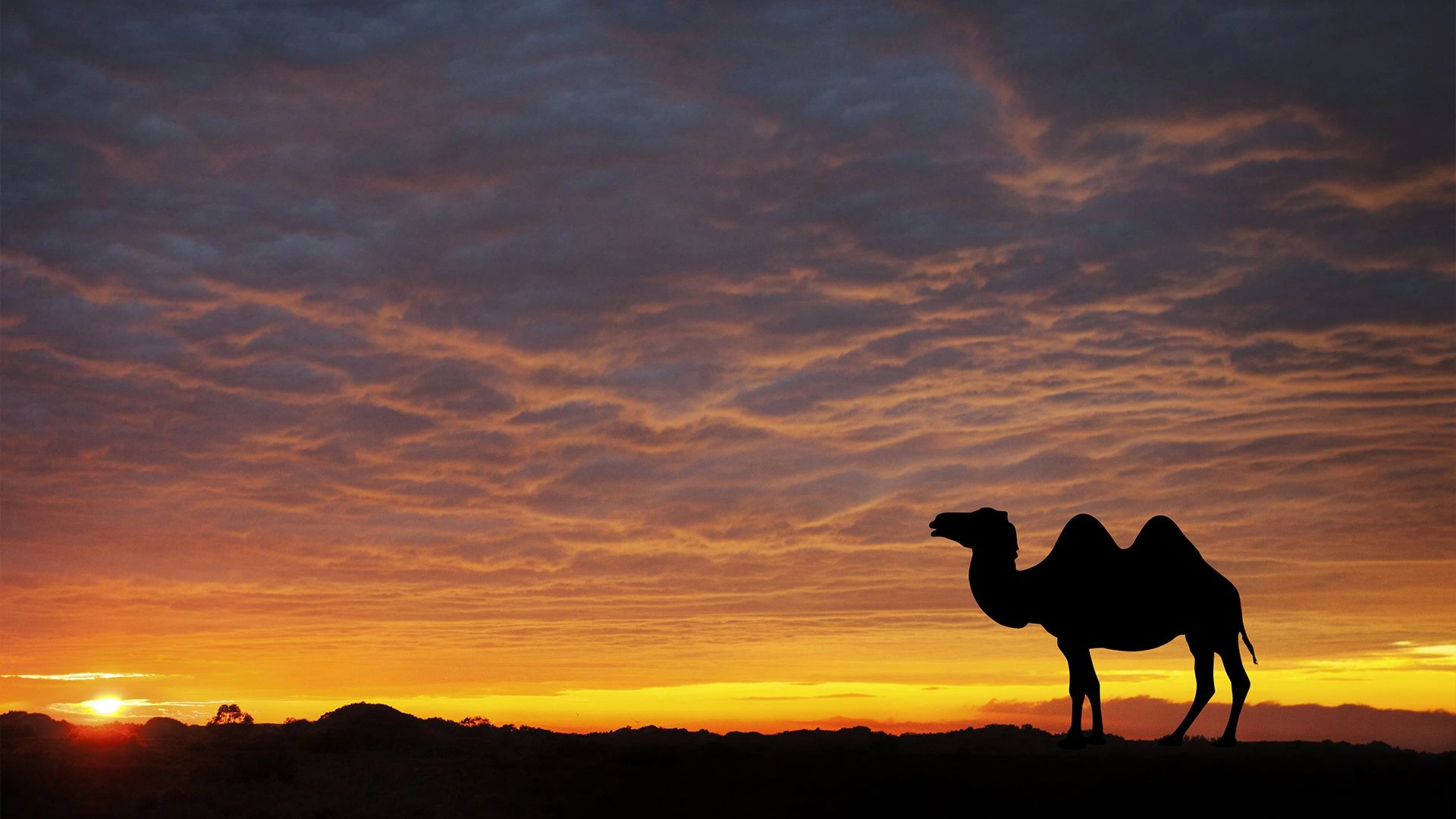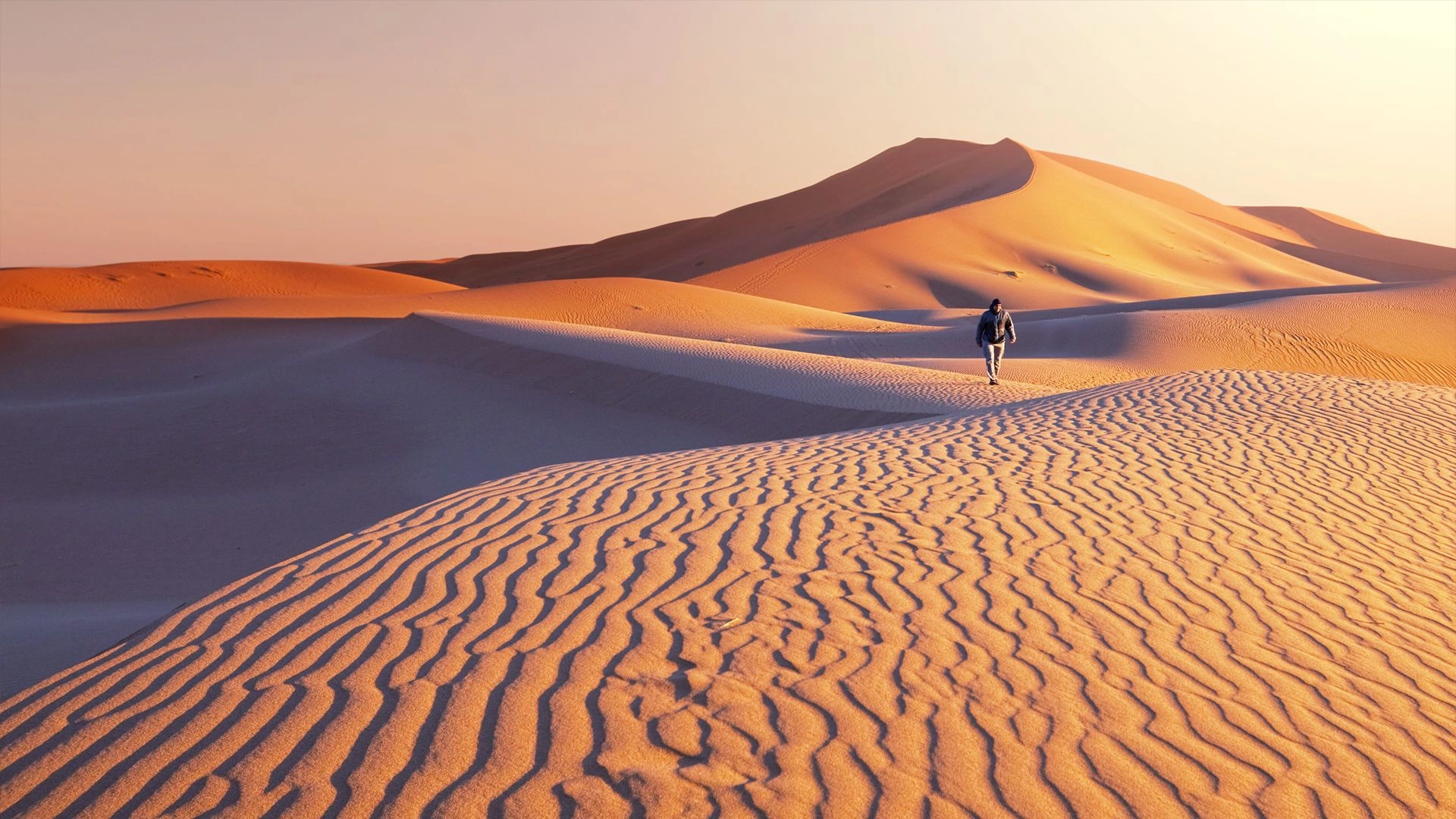General Information
Despite the exponential growth in international travel, Mongolia has remained one of the few fascinating places that has escaped the trampling boots of thousands of travelers. An attractive destination for those looking for a unique combination of primordial landscapes and nomadic culture, almost vanished elsewhere in the world, Mongolia has held on to the old ways while sampling the new. Mongolia’s nomads have retained their traditions since the days of Chinggis Khan’s empire, while services and facilities for travelers have taken big strides to improve the level of service and quality of infrastructure. A visit to Mongolia – the land of spectacular scenery and remarkable history - is a unique experience unlike any other.
Location: Mongolia is located in the center of the Asian continent between two large neighbors, the Russian Federation and China.
Area: 1566500 sq. km
Average altitude: 1580 meters above sea level. Mongolia's capital, Ulaanbaatar, is 1350 meters above sea level.
Landscape: Mountains dominate two-thirds of the country, nearly 8% of the territory is covered by forest and most of the landscape is wide open grasslands, plains, and desert.
Climate: The climate is continental. The coldest month is January and the temperature falls anywhere from -25 to -40C. The hottest month is July, and the temperature rises to anywhere between 20 and 30C. The average annual precipitation is 200-220 mm.
Sunshine: Mongolia is a remarkably sunny country. There ore over 250 sunny days a year, making Mongolia the "Land of Blue Skies". At night you can see an amazing display of stars.
Nationality: Mongolian with a variety of ethnic groups
Population: Over 3 million. About 60% of the population is below 25. The capital Ulaanbaatar has about 1 million inhabitants.
Languages: The official language is Mongolian (Khalkha Mongolian) spoken by the 85% of the population. The remaining 15% speaks Kazakh and Tuvan.
Religion: The main religion of Mongolia is Buddhism with a minority of believers in Shamanism, Islam, and Christianity.
Government: Mongolia has a parliamentary government with a President. The president is elected by general election. Parliamentary and Presidential elections take place every 6 years.
Administrative subdivisions: Mongolia has 21 aimags (provinces). The aimags are then divided into smaller divisions referred to as soums.
Currency: Mongolia has no limit on foreign currency and cheques.
Civilization: Pastoralism is the primary livelihood of rural communities, while Ulaanbaatar is the urban center of the country.
Internet connection: In Ulaanbaatar, there is no problem connecting to the internet. There are plenty of internet cafes, and most hotels are equipped with business centres that have internet facilities. Outside the city, you will be able to connect only in the provincial capitals. Unless you are going on a remote expedition, you will visit a provincial capital on average once every three to four days.
Electricity: The current in Mongolia is 220V, the same as in the EU. The sockets are mostly two thick or sometimes thin rounded pins. As there is not a standard plug fitting in Mongolia, you might find different sockets, so bringing a multi-pin adapter is essential. The supply of electricity in the countryside is unstable, so we highly recommend that you carry sufficient batteries to run your equipment for 2-3 days without having to charge.



